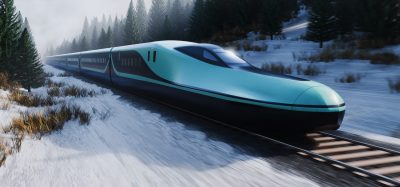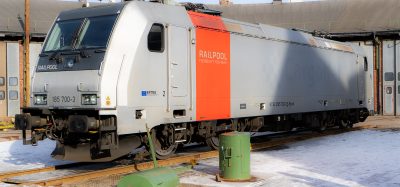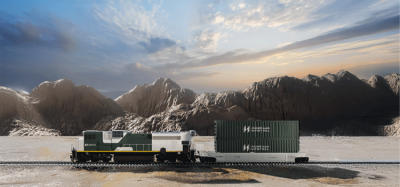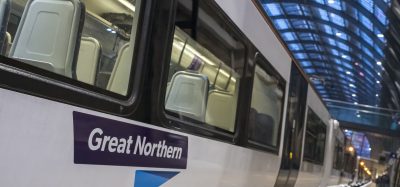The Finnish fleet
Posted: 14 February 2006 | | No comments yet
The Finnish rail network measures 5,800km consisting of approximately 50% electrified lines and over 90% single-track lines. Both passenger and freight trains, featuring different operating speeds, run on the same network. Roughly 40% of the network is over 30 years old, and due to insufficient financing, the development needs have failed to be reached.
The Finnish rail network measures 5,800km consisting of approximately 50% electrified lines and over 90% single-track lines. Both passenger and freight trains, featuring different operating speeds, run on the same network. Roughly 40% of the network is over 30 years old, and due to insufficient financing, the development needs have failed to be reached.
The Finnish rail network measures 5,800km consisting of approximately 50% electrified lines and over 90% single-track lines. Both passenger and freight trains, featuring different operating speeds, run on the same network. Roughly 40% of the network is over 30 years old, and due to insufficient financing, the development needs have failed to be reached.
Challenges for transport operation
The Nordic climate sets particular conditions for rolling stock, considering winter conditions with snow and ice, temperatures can fall as low as -40°C. VR’s overall transport performances have nevertheless displayed a continuous growth trend and good quality.
Long-term planning
The development of VR’s rolling stock is based on long-term planning and design. In fact, it is VR’s long-term development plan VR 2012, drawn up in 1990, that specifies the major projects of the railway company:
- Long-distance passenger services to be accelerated
- Helsinki commuter services to be expanded
- Helsinki-St. Petersburg high-speed services to be introduced
- Freight sector: the train to be defined as the trunk conveyor for the industries.
Passenger services
As specified in the VR 2012 plan, passenger services are to be promoted in terms of a Citizen’s Network (VALI). The passenger car fleet was recently counted at approximately 1,000 vehicle units, and the intention is, according to the VR 2012 plan, to replace obsolete vehicles with new cars that meet the service standards of the future.
Actually, the following major new vehicle acquisitions have already been realised:
- Pendolino trainsets travelling at a maximum speed of 200km/h have been introduced into traffic between major cities
- High-standard InterCity trains running at a maximum speed of 160km/h operate long-distance services
- The City train travelling at maximum of 160km/h is introduced extensively to fulfil the needs of both commuter and regional services.
Among on-going acquisition projects, there are the sleeping-car, car-carrier train and railcar projects.
Locomotives
As for VR’s locomotive fleet, in 1995 we had 350 diesel engines and 110 electric locomotives, with plans to purchase new all-purpose electric locomotives to haul both passenger and freight trains. Altogether, 46 new Sr2 locos (6 MW, 210km/h) have been purchased (Figure 4).
Freight cars
VR’s freight car fleet totals over 10,000 vehicles designed for various purposes. This carrying capacity will be sufficient to meet the needs of the steadily increasing transport volumes, as VR continuously focuses on more efficient transport planning and car utilisation. The freight car fleet is maintained by VR’s own workshops. Furthermore, VR’s Pieksämäki workshop builds new wagons that display a higher performance or are designed for new purposes. Among such wagons, the following cars built over recent years include timber cars (Figure 5), combined transport cars (Figure 6), and wagons for the transport of turnout elements which have been designed on the basis of a long working life and have been exported to several foreign countries (Figure 7).
Linked specialist services
VR Ltd is a transport operator that carries out a great variety of rolling stock maintenance services. The maintenance services are performed on the basis of a rolling stock safety system that meets the specifications of a continuous inspection system. The maintenance services furthermore feature the ISO 9001-2000 quality standard and the ISO 14001 environment system. The maintenance services are operated by VR’s two workshops and six depots, which are hence responsible for the maintenance of the entire Finnish railway rolling stock fleets.
VR Ltd also incorporates VR Engineering which is a unit providing specialist services pertaining to railway rolling stock, e.g. project management, planning and design, measurement and other expertise services. VR Engineering is an approved railway rolling stock inspection authority. It has, in fact, also conducted numerous commissions outside Finland.
The Nordic climate challenges new rolling stock
During recent years, the most central challenges that VR has faced in terms of its rolling stock, have concerned its important purchases of new rolling stock fleets. The purchases have been operated on the basis of international competitive bidding and then a strict control of the deliveries. In this respect, I would like to highlight VR’s considerable and solid experience. Even in the case of a big series, the deliveries of railway rolling stock are industrially manufactured to small-size lots that set special challenges starting from the launching of the competitive bidding, the drawing up of the contracts in great detail, a reliable control of the deliveries, and the arrangement of lifetime maintenance of the rolling stock in question.
The Nordic climate sets special requirements on the railway rolling stock, in consideration of the great range of outdoor temperatures, ice accumulation and the penetration of snow. In addition, the track gauge and the rolling stock structure gauges adopted in Finland are wider than in Central Europe, matching those of the extensive railway networks in Russia.
A Nordic standard category
It is of utmost importance that in the drawing up of the technical specifications for interoperability within the EU, a Nordic standard category be adopted and implemented so as to ensure that the manufactured components and systems meet the requirements concerning, e.g. temperatures ranging from -40°C to +35°C. But unless the components, equipments and systems maintain their operability in winter conditions, the resulting problems are extremely serious and their subsequent solution has regularly proved quite costly. A Nordic standard category is imperative not only for Finland, but also at least for Norway and Sweden, and probably for other countries as well.
VR possesses quite an extensive experience of solving different winter problems for various types of rolling stock, and it is specifically VR Engineering that boasts its know-how on this subject.
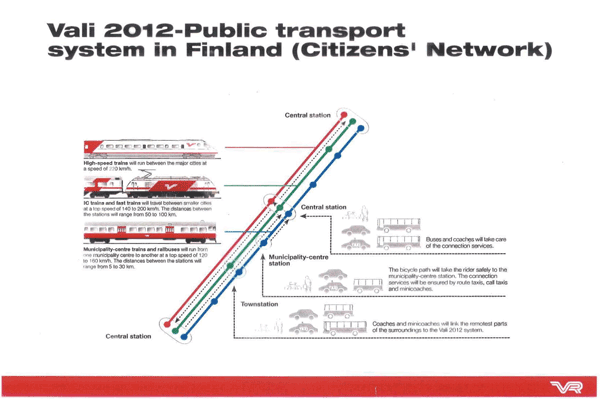

Figure 1: Citizen's network VALI
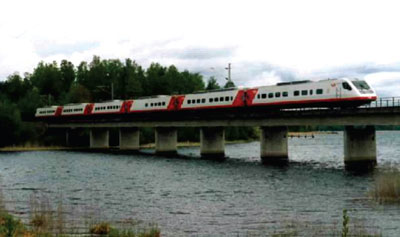

Figure 2: Finnish Pendolino trainset running between major cities at a maximum speed of 200 km/h
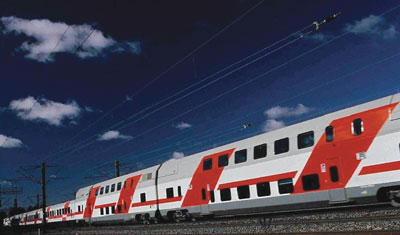

Figure 3: High-standard InterCity trains ensure continuous and esential rail services between cities
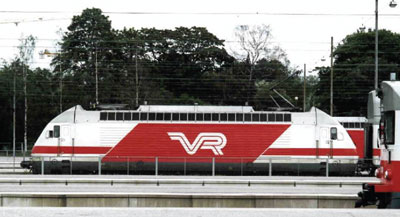

Figure 4: Sr2 locomotive to pull both passenger and freight trains
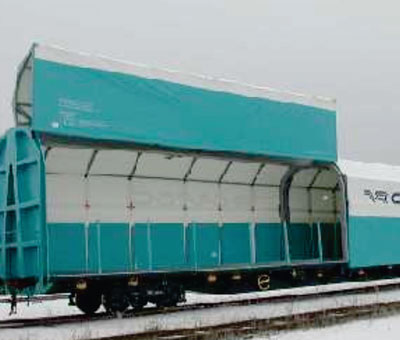

Figure 5: Timber car with a 25t axel load
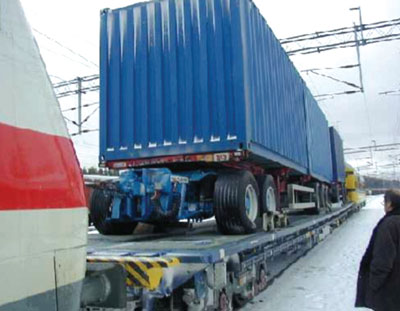

Figure 6: Combined transport car with a 25t axel load at 100km/h, designed for 4.2 metre high lorries
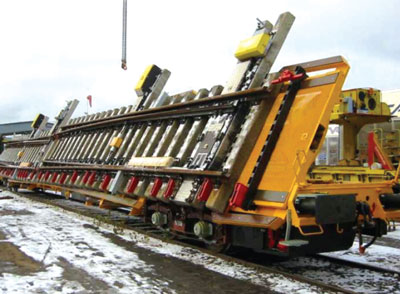

Figure 7: PTW wagon for transportation of turnout elements


Table 1



